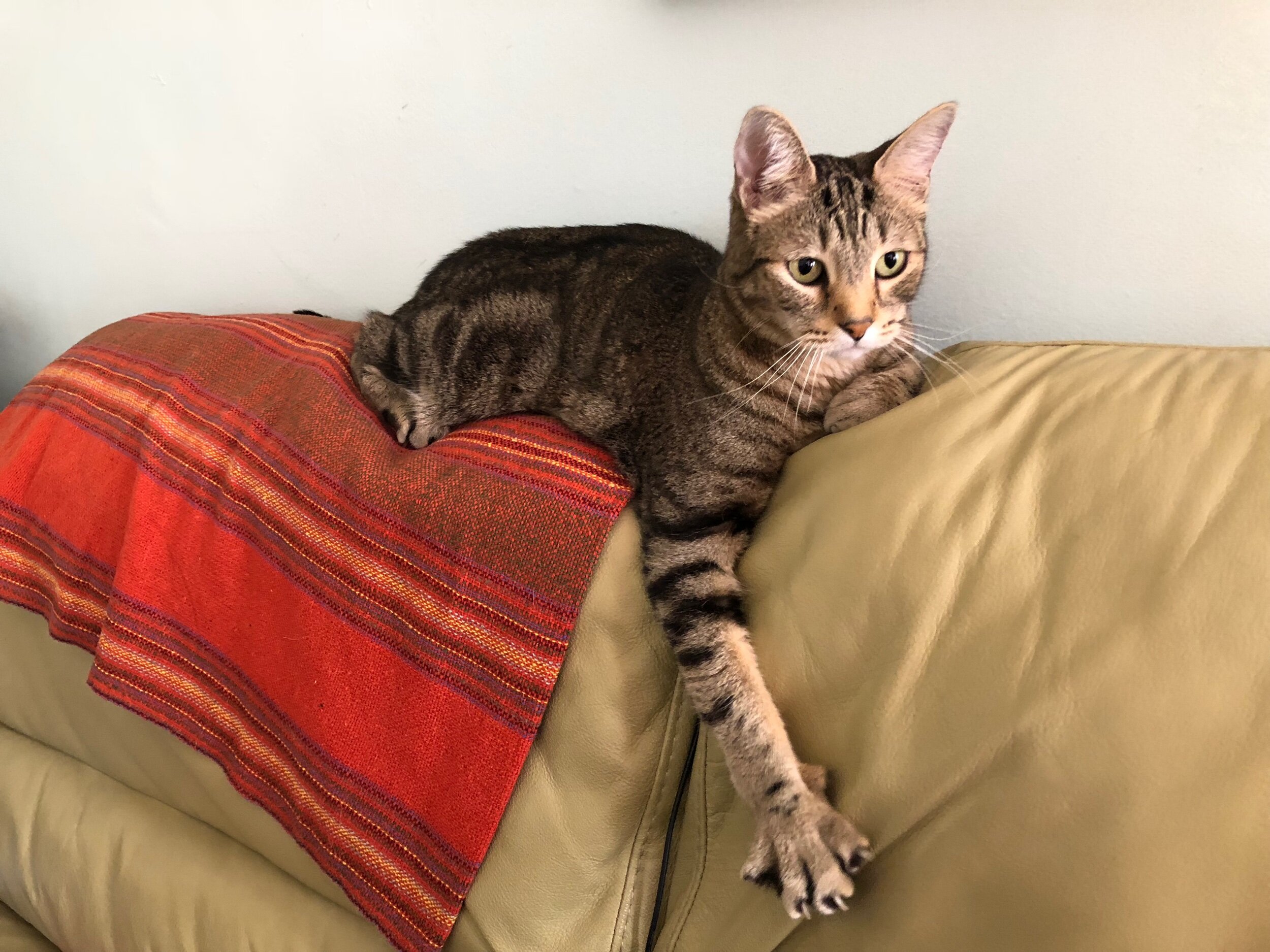Clara Peeters and Stillness
Still Life with Cheeses, Artichoke, and Cherries Clara Peeters (Flanders (now Belgium), Antwerp, circa 1594 - after 1657?) Holland, circa 1625, Paintings, Oil on wood Panel: 13 1/8 × 18 3/8 in. (33.34 × 46.67 cm), Frame: 21 1/2 × 27 × 1 1/2 in. (54.61 × 68.58 × 3.81 cm), Gift of Mr. and Mrs. Edward W. Carter (M.2003.108.8,) www.lacma.org
Rumination on Clara Peeters’ Painting Still Life with Cheeses, Artichoke, and Cherries
As a Distraction For Free-Floating Anxiety
Butter, cheese, bread, salt, artichoke, cherries. A still life painted five hundred years ago. By a woman, one of my art crushes, Clara Peeters. I have visited this painting over and over for the last ten years, stood in the gallery the docents called the meat locker, kept cold to protect the art.
I need this now. Nothing like a still life to calm the nerves. I conjure myself to the gallery. Let myself fall into this painting. Although I can’t physically be in the same room, and I haven’t seen her (of course she’s a she) in person for over two years, my memory is vivid. The building has been razed; it is now a construction site and the painting is in storage.
Today, my mind’s eye first moves to the dish of butter precariously perched on a stack of cheese. A porcelain periwinkle blue dish painted so precisely that I see the shadow of the cheese under the plate. This is not 21st century butter, manufactured and molded. This butter was scraped out of the churner. Each slice, a pale-yellow petal.
Where there is butter and cheese, there is bread. That is a rule. A single bread roll hangs out on the table like an afterthought. It reminds me of brötchen my oma shared with me at breakfast when I visited her in Berlin when I was a child. Crunchy crust, soft interior, perfect to sop up a soft-boiled egg.
The cheese under the plate is square, has a brown rind, and is smaller than the plate. The corner facing me, hacked off, reveals pale interior. Under the plate of butter and cheese, a large cheese wheel cut in half, visible knife marks. It sits on a highly polished silver platter. Also, on the platter, another quarter of a wheel. For years, I thought that hunk of cheese was bread because the rind and interior are dark brown. But the sides and top are too flat and perfect. Bread rises and expands in the oven.
Now that I bake bread, I clearly see cheese. It is amazing how I can look at something countless times and misconstrue. I understand it so wrong, because like most humans I see what I want to see. Or I can only see what I think I know. Then, a lightning bolt of clarity comes into focus, and I realize I was wrong. I do not know how I could think it was bread.
Recently, I bought some fancy cheese. The monger gave me a sliver to taste. Pungent, soft, and French. Some would call it stinky. Just the smell sharpened my senses. Once on my tongue, it fired up my brain and stoped time. All that mattered was this magnificent cheese in my mouth. Can a cheese be sharp as a blade?
Clara painted light magnificently. I am always astonished at how much illumination and reflection is in this painting, which was made in the early 1600s. Way before electricity and gas lanterns. The silver shines like water. Translucent cherries scattered on a silver platter positively glow and reflect as if they have their own inner illumination.
Speaking of cherries, what about the cherry pit with the stem still attached? How do you eat a cherry and keep the stem on the pit? It’s an odd detail that I can’t quite figure out, not because it’s a pit. Golden Age Dutch painters often included a dead flower, an insect, or a half-eaten fruit to signify impermanence and memento mori. Artists do love to leave hidden messages like an inside joke, spiritual lesson, tribute to a lover, friend, or patron. Is this an uncommon variety of cherry or a variety that no longer exists, is that why the stem is attached? Was it an aesthetic choice? I don’t need to know; I am satisfied just thinking of the possibilities.
The queen of this painting is the artichoke. She is cut in half exposing a shape as unmistakable as Georgia’s flowers. The first time I ate an artichoke, I was 11 or 12 and I felt sophisticated. Artichokes are adult food. This odd vegetable with spiky leaves and scales, almost dangerous. Pulled off a leaf, dipped it in melted lemon garlic butter, dragged the base between my teeth for a tiny morsel. Butter dripped on my chin and fingers. Eating an artichoke is slow, lots of space between leaves where conversation blossoms. Each layer, more tender then the last. Until the heart. Soft flesh.
What art pieces have you feasted on?
Clara Peeters, Still Life of Fish and Cat, after 1620, Oil on panel, National Museum of Women in the Arts. Gift of Wallace and Wilhemina Holladay.
PS: This is Fritz von Kat. He’s awfully similar to the cat Clara painted 500 years ago. Coincidence? Kismet? Catmet?



